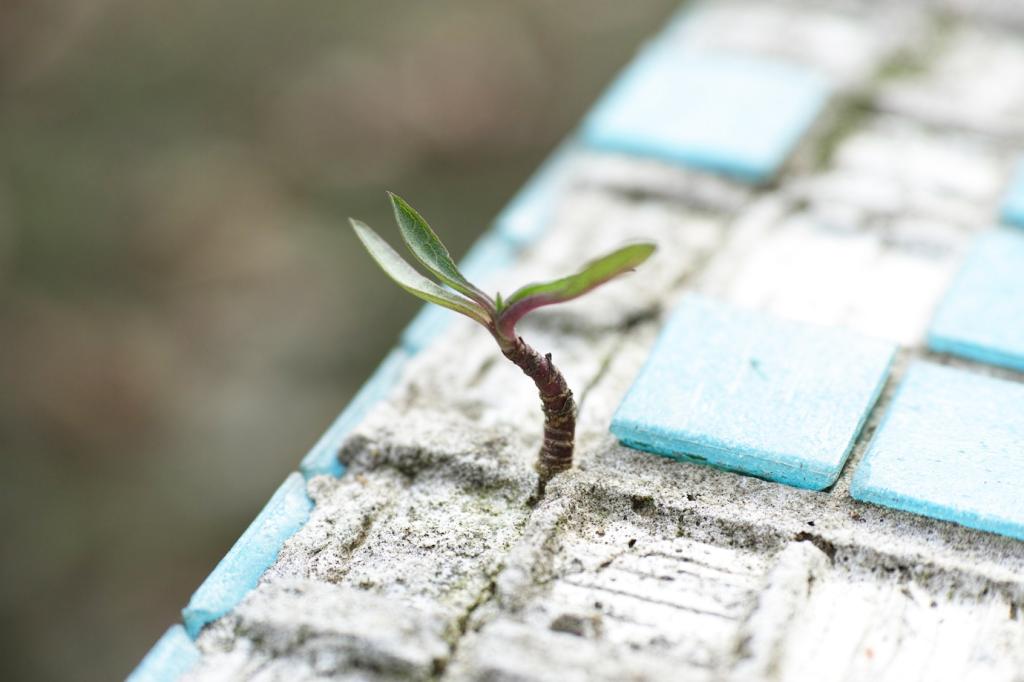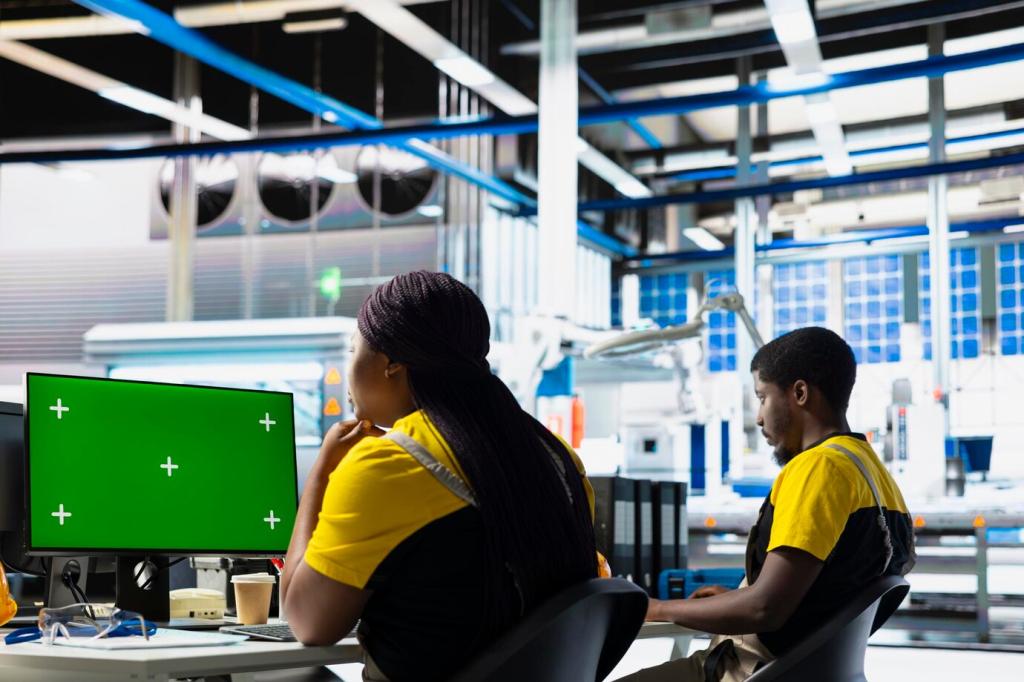Maintaining Your Eco-Friendly Furniture: Best Practices
Eco-friendly furniture is a testament to conscious living, combining comfort, functionality, and environmental responsibility. To ensure your sustainable pieces remain beautiful, durable, and green, proper care and mindful maintenance are essential. By adopting effective practices for cleaning, protecting, and using your eco-friendly furniture, you contribute to its longevity and uphold the values of sustainability in your home. This guide provides comprehensive insights into maintaining your environmentally friendly furniture so it continues to enhance your space and preserve its ecological benefits.

Previous
Next
Understanding the Materials in Eco-Friendly Furniture
Eco-friendly furniture often utilizes renewable resources such as bamboo, reclaimed wood, and organic fabrics. These materials are favored for their minimal impact on forests and overall ecosystems, as they regrow quickly or repurpose existing products. Recognizing the source of your furniture helps you appreciate the sustainability of your investment and guides your approach to cleaning and maintenance. When you know whether your piece is made from bamboo, hemp, or recycled metals, you can select the gentlest, most appropriate products and routines. This not only protects your furniture but also upholds the principles at the heart of eco-friendly design and manufacturing.
Cleaning Techniques for Sustainable Materials
Choosing the right cleaning agents is vital for sustainable furniture. Harsh chemicals can damage natural finishes, cause discoloration, or strip away protective layers. Opt for gentle, plant-based cleaners or simple homemade solutions such as diluted vinegar or mild soap with warm water. These options are less likely to leave residues or contribute to indoor air pollution. Cleaning with environmentally safe products not only preserves the look and feel of the furniture but also aligns with the core ethos of sustainability by supporting a healthier home and planet.

Preventing Exposure to Direct Sunlight
Direct sunlight can accelerate fading, discoloration, and even warping, particularly for natural fibers and unfinished woods. Place furniture away from south-facing windows or areas with intense sun exposure, or use sustainable curtains and shades to filter light. UV-localized protection maintains the vibrancy and structural integrity of your eco-friendly pieces. This mindful positioning not only prevents premature aging but also preserves the responsible sourcing and craftsmanship inherent in sustainable furniture, helping maintain its original charm and environmental significance.
Managing Humidity and Temperature Fluctuations
Extreme shifts in humidity and temperature can cause sustainable furniture materials—especially natural woods, bamboo, or rattan—to expand, contract, or warp over time. Position your furniture away from radiators, vents, fireplaces, or damp corners to minimize risks. Using a humidifier or dehumidifier during seasonal changes creates a stable microclimate, protecting organic materials from distress. These proactive measures help prevent cracks, swelling, and loosened joints, ensuring eco-friendly furniture maintains both its visual allure and functional resilience throughout the years.
Guarding Against Spills and Stains
Accidental spills can quickly compromise the look and hygiene of eco-friendly furniture, especially when natural or minimally treated surfaces absorb moisture and pigments. Use coasters, placemats, or responsibly produced protectors to minimize exposure. Should spills occur, act immediately with gentle blotting and eco-safe cleaning agents to avoid long-term damage or permanent staining. Quick and appropriate response ensures that your sustainable furniture remains as inviting and safe as the day it arrived, nurturing both its longevity and the wellbeing of those who use it.
Refinishing and Renewing Sustainable Pieces
Recognizing the right time to refinish your furniture is key to its preservation. Dull surfaces, minor scratches, or faded finishes signal it’s time for renewal rather than replacement. By choosing refinishing over discarding, you minimize waste and extend the lifecycle of your furniture. Consistent assessment of high-contact areas, such as tabletops or chair arms, helps you plan timely maintenance and prevents minor blemishes from becoming irreversible damage. This proactive approach maximizes both the utility and sustainability of your favorite pieces.

Treating Furniture with Respect
Eco-friendly pieces are designed for daily living but perform best when treated gently. Avoid dragging chairs or tables across rough floors, which can cause legs or joints to loosen over time. Instead, lift and carry items when rearranging, ensuring both the furniture and flooring are spared unnecessary strain. Teaching all household members—including children—the value of respect and careful use encourages lifelong stewardship of sustainable design, reinforcing eco-conscious habits within your home.
Rotating Use and Placement
Constant, repeated use of one area can cause uneven wear and tear, especially on seating, cushions, and armrests. Routinely rotating furniture placement or swapping cushion orientation distributes use evenly, preventing one spot from becoming significantly more worn than others. This extends not only the lifespan but also the comfort and aesthetic cohesion of your eco-friendly furnishings, helping them support the rhythms and dynamics of your household gracefully and sustainably.
Using Accessories to Enhance Durability
Strategically chosen sustainable accessories, such as organic cotton throws, recycled polyester slipcovers, or natural fiber rugs, can protect vulnerable surfaces from spills, sun, or abrasion. These additions serve both practical and decorative functions, blending seamlessly with the unique style of your eco-friendly furniture. Regular washing and rotation of these accessories keep them fresh, further safeguarding your investments and creating a layered, inviting atmosphere that places sustainability at the heart of your home.

Identifying Common Issues
Typical problems such as loose joints, scratched surfaces, or fading fabrics are inevitable over years of enjoyment. Early identification of these issues lets you address them before they worsen, avoiding costly or extensive restoration. Frequent inspections—especially after moves or in high-traffic areas—ensure that you catch small problems, like wobbly legs or surface marks, in time to resolve them simply. This vigilance sustains the quality and comfort of eco-friendly designs while minimizing waste and additional resource use.
Choosing Eco-Conscious Repair Solutions
When repairs are needed, seek out solutions that match the original sustainable intent. Source natural glues, water-based adhesives, and low-impact repair kits designed for specific eco-friendly materials. By avoiding synthetic, non-biodegradable options, you keep your maintenance process as green as your furniture’s origin story. Where possible, purchase replacement parts from the original manufacturer, supporting brands that prioritize environmental stewardship and reducing your furniture’s ecological footprint.
Seeking Skilled Sustainable Craftspeople
Some repairs, such as restoring intricate woodwork or reupholstering with organic textiles, may require professional expertise. Choose craftspeople or repair shops known for their commitment to green practices, using certified materials and environmentally mindful methods. Not only does this ensure the job is performed to high standards, but it also continues the legacy of responsible manufacturing throughout the life of your furniture. Building relationships with such local artisans supports community sustainability and preserves the story and value of your cherished eco-friendly pieces.
Attending to Seasonal and Long-Term Needs
Cold, dry air during winter can sap moisture from natural materials, causing shrinkage and cracks. It’s important to keep furniture away from direct heat sources, frequently check for signs of dryness, and apply nourishing natural oils to wooden surfaces as needed. If possible, use a humidifier to introduce moisture back into the air, helping your eco-friendly pieces resist the stresses of the colder seasons. Paying attention to these needs protects your investment from seasonal extremes and keeps your furniture in top condition.

